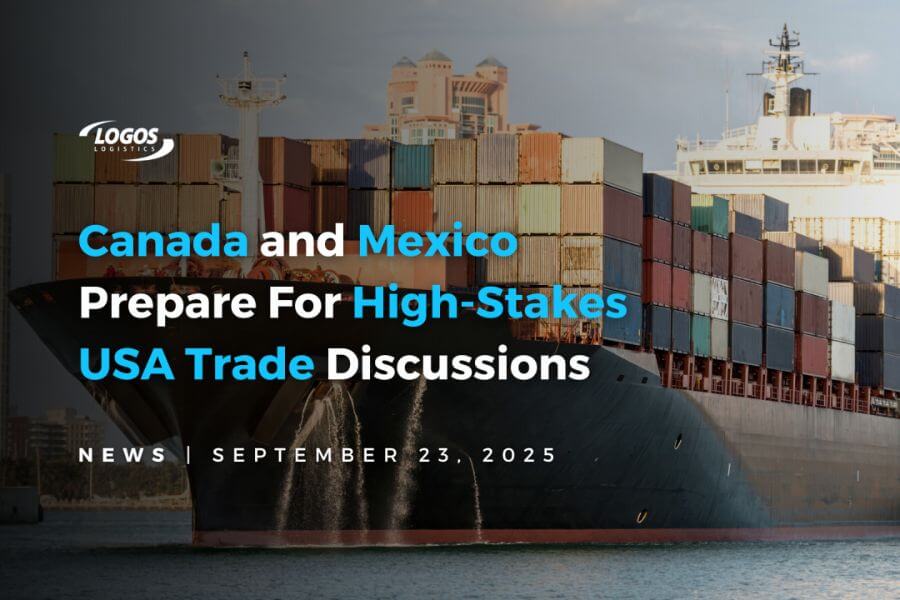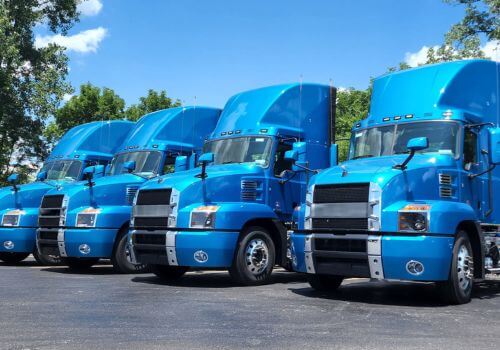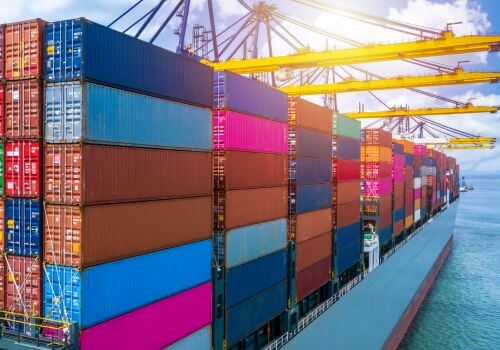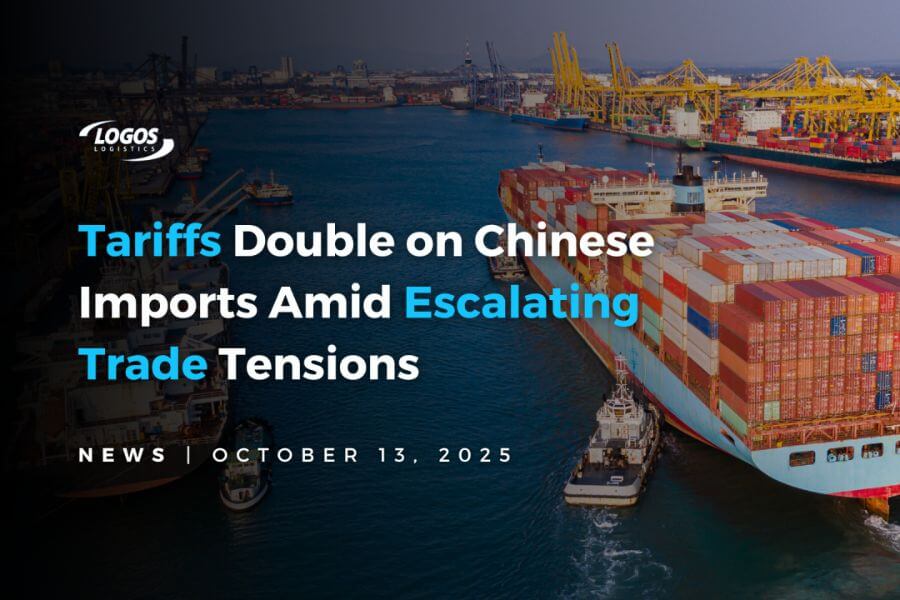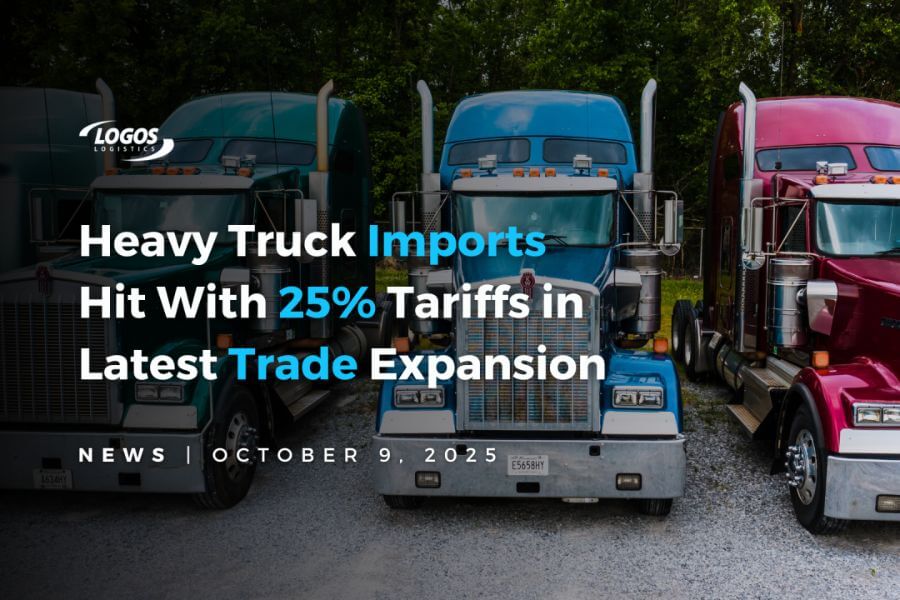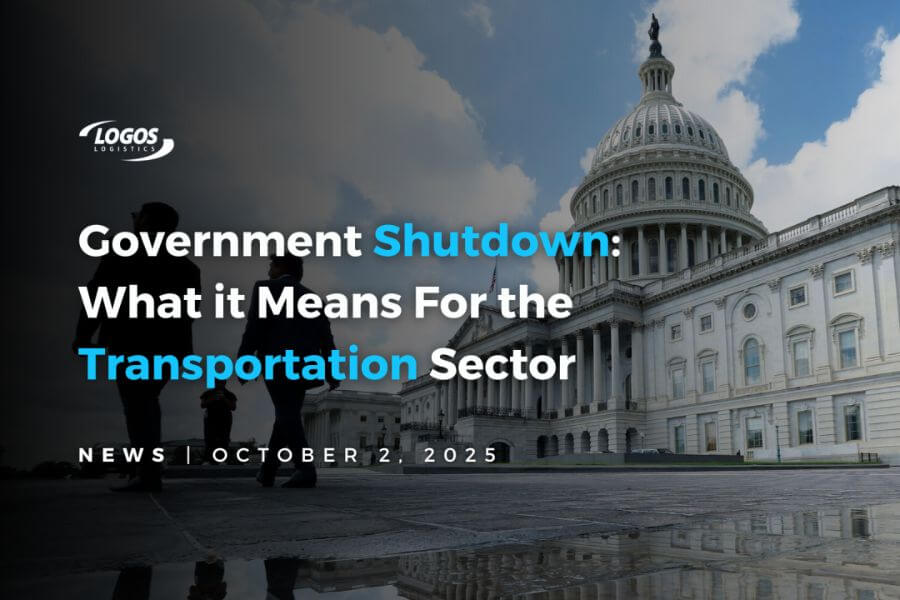As the 2026 review of the U.S.-Mexico-Canada Agreement (USMCA) approaches, Canada and Mexico are aligning their strategies to safeguard North America’s economic integration—particularly in the face of renewed tariff threats from U.S. President Donald Trump.
Last week in Mexico City, Canadian Prime Minister Mark Carney and Mexican President Claudia Sheinbaum unveiled a three-year action plan designed to deepen cooperation in infrastructure, energy, trade, and security. The plan also establishes accountability mechanisms, requiring ministers from both governments to meet quarterly to monitor progress across areas ranging from clean energy to artificial intelligence, mining, and defense.
A major focus of the plan is energy transition. Both leaders committed to advancing joint initiatives on renewable energy, hydrogen, and carbon capture, as well as strengthening transparency in emissions reduction through methane certification within the natural gas sector. As Carney noted, the competitiveness of North America rests on strong cooperation between Canada, Mexico, and the U.S.—a message that underscores the importance of a united front in the upcoming trade negotiations.
The bilateral framework extends beyond trade and energy. Health policy dialogues will be launched to foster collaboration on public health priorities, including health security and infectious diseases. On security, both governments pledged enhanced cooperation against illicit drug flows, firearms trafficking, money laundering, and human trafficking.
Business leaders are also weighing in. Goldy Hyder, President and CEO of the Business Council of Canada, emphasized the need to strengthen port-to-port trade infrastructure, not as a bypass to the U.S., but as a way to expand overall capacity across land, air, rail, and sea routes.
The action plan reflects a new phase in Canada-Mexico relations, following years of uneven engagement. Sheinbaum highlighted opportunities to expand trade in agriculture and infrastructure, while Carney framed the partnership as essential for North America’s global competitiveness.
During his two-day visit, Carney met with business leaders and toured a Canadian Pacific Kansas City rail yard, showcasing Canada’s wheat trade with Mexico. The visit marked the first bilateral trip by a Canadian prime minister to Mexico since 2017.
The stakes are clear: to succeed in next year’s USMCA review, Mexico and Canada must stand shoulder-to-shoulder. As Hyder observed, working together allows both countries to share risks, cut losses, and amplify their leverage at the negotiating table.

